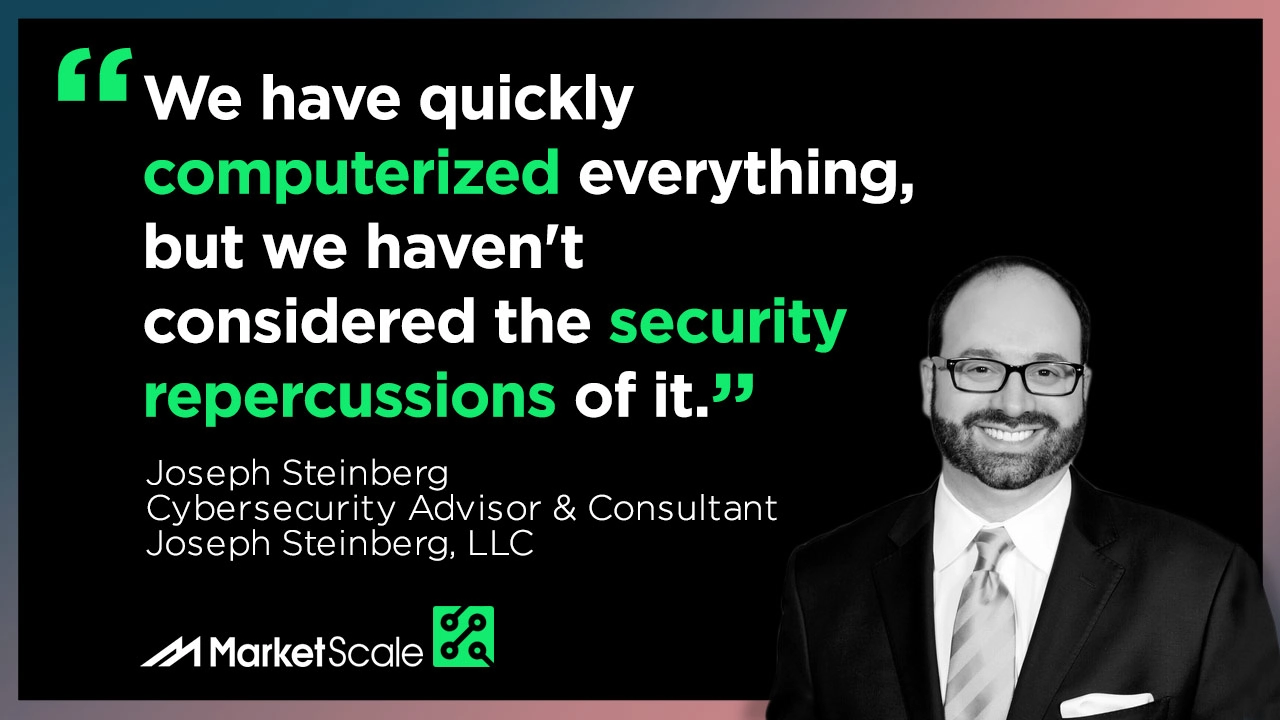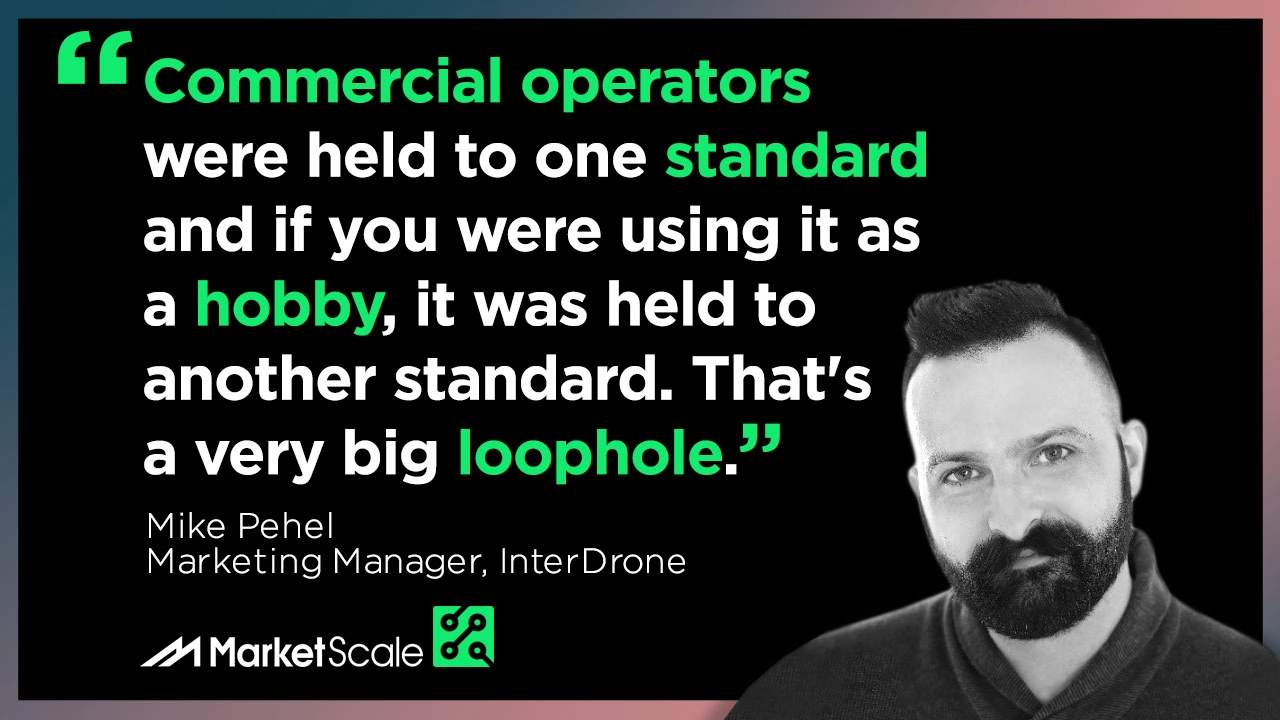MarketScale Software & Technology 01/25/19: Construction Site Security & FAA Drone Regulations
Coming off of CES and NRF, two of the biggest trade shows of the year (and it’s only January!), we’re already deep in the trenches of innovative technology that’s going to take the world by storm in 2019. With everything from giant quadcopters, to wearhouse management softwares and robots, to engine-monitoring fluid and sensors, we’re on the cusp of innovation constantly. For this episode of the Software & Technology Podcast Show, we didn’t want to do more exciting tech highlights. Instead, we took a step back to look at how industries are being affected by some of that tech, and more concretely, how that tech is integrating with the world around it. In essence, today’s episode is all about cause and effect.
SMARTER CONSTRUCTION SITES MEANS NEW SAFETY CONCERNS

You can hack a database. You can hack a website. You’ve heard of people hacking cars. But I bet you didn’t know you can hack a construction crane. Two white hat hackers with cybersecurity giant Trend Micro did exactly that when they demonstrated how easy it is to compromise radio frequency equipment on a construction site — armed only with their laptops, scripts for running their hacks and some cheap radio hardware. The two hackers successfully took over the site’s crane using only their own personal equipment, and thus exposed inherent flaws and new vulnerabilities in radio frequency or (RF) remote controllers.
“We have quickly computerized everything, but we haven’t considered the security repercussions of it,” said Joseph Steinberg, cybersecurity consultant and advisor at Joesph Steinberg, LLC.
MarketScale host Shelby Skrhak dives into Trend Micro’s report, and gets insight on the simple and exposed nature of construction site communications and operations from cybersecurity expert Joseph Steinberg. Steinberg believes now is the time for all industries, big and small, tech savvy or simple, to prioritize their cybersecurity.
ADJUSTING TO AN FAA DRONE REGULATION FUTURE

There is a remarkably wide range of form factors (and sizes) when it comes to drones. This spectrum of uses creates a unique challenge when it comes to establishing regulations. Drones are equally pervasive with both hobbyists and commercial applications, which is why the discussion on how to protect compliant pilots, maintain safe skies, and apprehend bad actors was such a talking point in 2018.
At the end of last year, Congress passed the 2018 FAA Reauthorization Act, a big step forward for finalizing American drone regulations. Not only will this fund the FAA for five years to take authority over commercial and recreational drone compliance, but it effectively ends the conversation of privatizing these regulations, at least for now.
On today’s show, MarketScale host Sean Heath had a chat with the marketing manager for InterDrone, Mike Pehel. They discuss the tangible effects of the Reauthorization Act, what that means for all levels of drone operation in the U.S., and the simple timeline a company should employ when deciding to integrate drones. (Hint: It’s now.)
“What we were dealing with before that was, essentially, commercial operators were held to one standard and, if you were using it as a hobby, it was held to another standard. That’s a very big loophole,” Pehel said. “Honestly, drones weren’t going to be able to move forward, on the level that we wanted, as an industry, if that loophole existed.”
For the latest news, videos, and podcasts in the Software & Electronics Industry, be sure to subscribe to our industry publication.
Follow us on social media for the latest updates in B2B!
Twitter – @TechMKSL
Facebook – facebook.com/marketscale
LinkedIn – linkedin.com/company/marketscale







